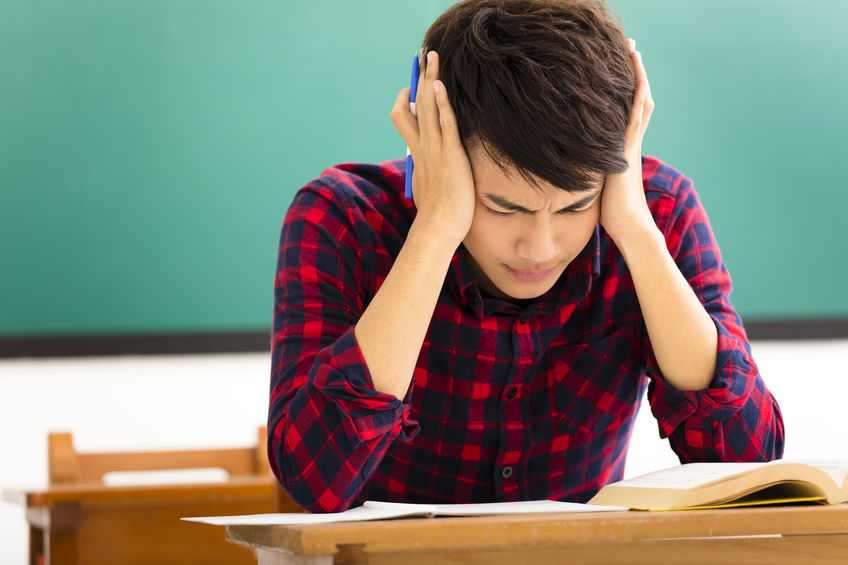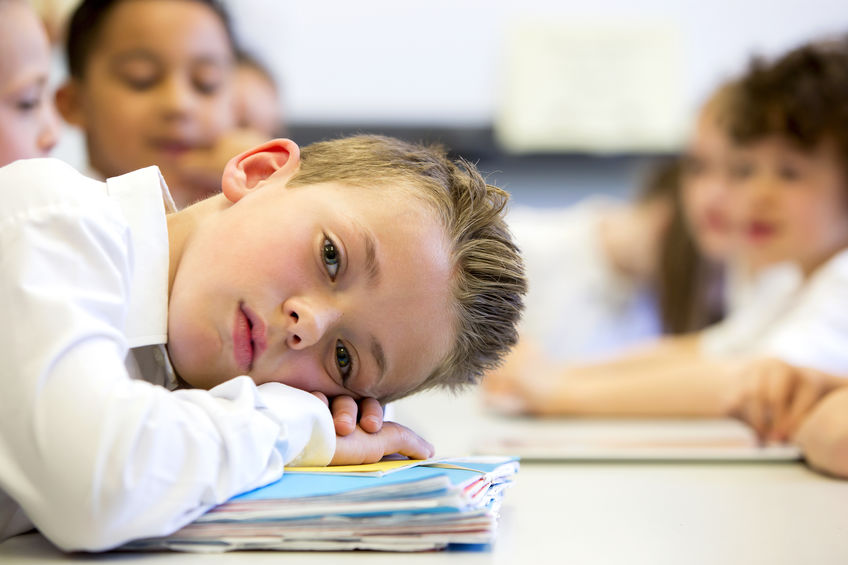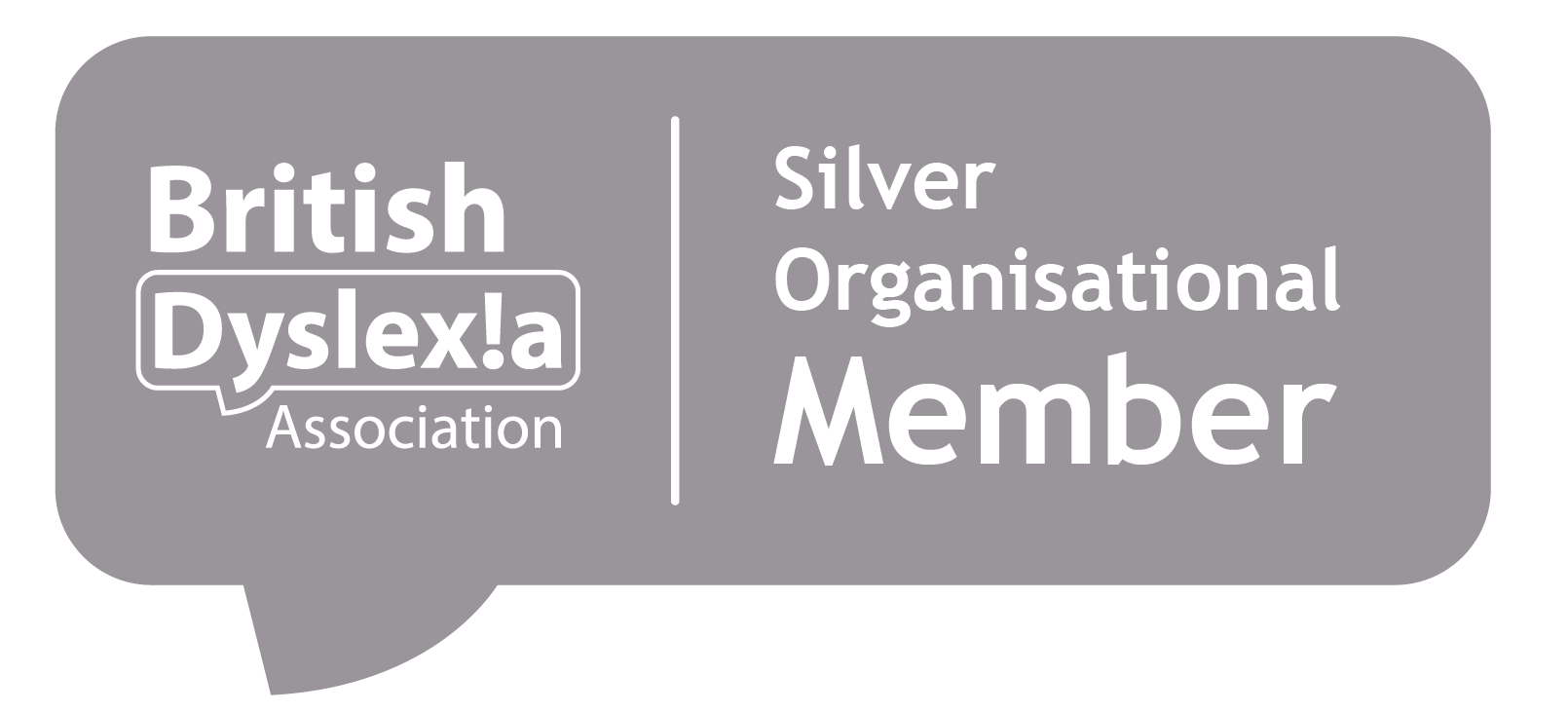Helping children deal with anxiety
Anxiety can arise in children and young people for many reasons, some real, some perceived, some external to what’s happening in the classroom, and others directly attributable to it. The learners may not recognise it in themselves, but it can become evident from changes in behaviour, from acting up to closing down, as much as from what they say.
Whilst there are occasions when the source of a pupil’s anxiety will seem irrational or unreasonable, leading to the temptation to minimise or dismiss it, it will be very real to them. The most fundamental thing is to make the time to listen and to take them seriously. Whilst it can be tempting at times to downplay their concerns, or provide solutions to an apparent problem, they also need to learn ways of managing it for themselves – albeit, often with the support of adults or peers.

The first thing teachers can do is to create an environment within which stressful situations are less likely to occur, and when they do, they can be experienced safely. Consistency is important, which in school will mean regular routines, a structured timetable, and clear boundaries, with changes kept to a minimum. However, they will occur, and as much as possible, they should be planned and shared with pupils. This might be something straightforward such as a timetable change or fire drill, or maybe a bigger disruption like a trip out, or a change of staff. These should be signposted and potential issues discussed, all the time emphasising what is realistic, and focusing on positive outcomes.
However, there also needs to be some consideration of timing. The further ahead a change is indicated the longer learners may have to become anxious, although foisting something on them without warning can rapidly increase stress levels.
The way staff deal with stress and anxiety also has an effect on learners. Modelling behaviour such as remaining calm, perhaps with the aid of some deep breaths will help them to appreciate what they can do. This is also true when dealing with pupils who are anxious, whilst it is important to be empathetic and accepting of what they are experiencing and expressing, the response needs to be considered, and whilst simple reassurance may be sufficient in the present moment, they need to learn strategies for the future.
A good place to start is to emphasise that anxiety is normal and natural, that everyone experiences it, and that it is like a wave – it builds to a crescendo then subsides. It is not life-threatening, and despite the urgency in the current moment, it is something that will pass. There are many techniques and activities that can help learners get through that time. These are some of them.
- Deep breathing. Simply breath in for a count of three, pause and breath out for a count of three. Do this a few times while the anxiety subsides.

- Worry book or box. Create a place to park worries until they can be dealt with calmly in discussion with an adult – perhaps writing them down in a book, or on a piece of paper and dropped in a box.
- Mindfulness. Teach learners how to be aware of themselves and their thoughts in the present moment, perhaps focusing on sounds in the far distance, or the sensation of something they are holding, like a cuddly toy, or a stress ball.
- Relaxation. There are a number of ways of practising relaxation, one of the most straightforward is to systematically tighten then relax the muscles of the body, starting from the toes and working up to the scalp.
- Safe space. For some pupils this will be a physical space, perhaps with subdued lighting and mellow sounds, for others it might be a place in their heads which they can reference when they feel themselves becoming anxious.
- Social stories. A well known technique for working with learners with autistic spectrum conditions (ASC) where events are explicitly explained prior them happening, usually in the form of a story or a comic strip.
- Visualisation. Asking the child or young person to draw, or describe, the feelings they are experiencing as a way of making them tangible and therefore more readily dealt with.
- Exercise. Getting physically active, even just by going for a walk, can help move pupils on from moments of anxiety.
It can also help to explore situations that children and young people might be experiencing, such as bereavement, through books and videos, so they learn that their experience is not unique, and that other people, like them, have gone through these things before, and dealt with them.

School staff also need to be sensitive to when their skills are insufficient to provide the support a learner needs, and a referral needs to be made to another professional or agency. This could be a counsellor, Education Psychologist, CAMHS, or, through the parent, their GP.
There are inevitably times in school when pupils will become stressed and anxious, from first being separated from parents or carers, to having a new teacher, or appearing in an assembly. We also put them through tests and exams. Just as we prepare them academically for such events, we should also help them to be prepared emotionally.
By John Galloway
John specialises in the use of technology to improve educational opportunities for children and young people with special educational needs. Much of the week he works in Tower Hamlets, in London’s east end. He also freelances as a writer, consultant and trainer. @johngalloway







